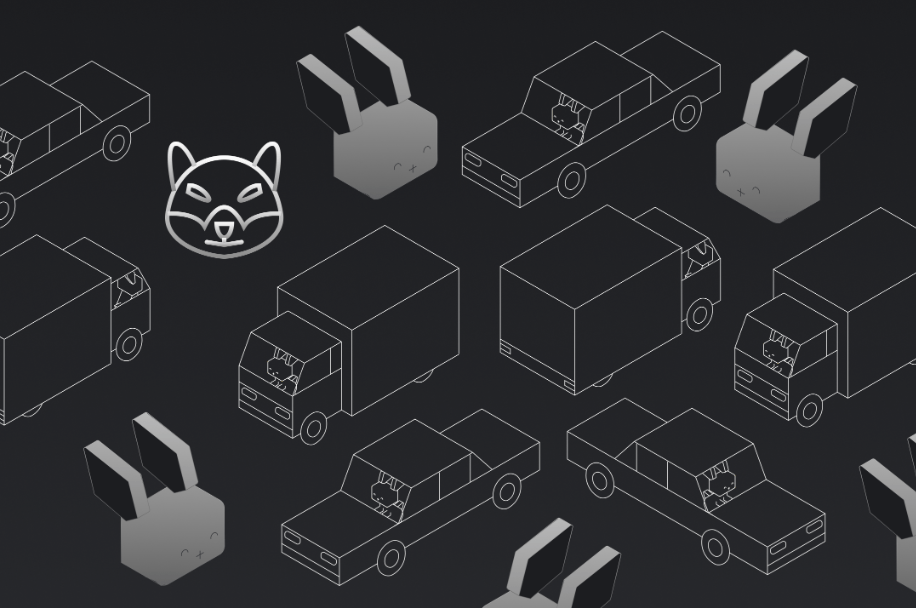Table of Contents
The Ethereum network with the largest ecosystem of decentralized applications, housing over four million unique users across the globe, remains the unrivaled superstar in the world of DeFi. As the world’s first smart contract blockchain, it is actually on Ethereum that the DeFi industry took shape and culminated into the mammoth it is today.
However, after the DeFi boom of 2020, the problems with the Ethereum network became apparent. Issues of scalability, network congestion, and affordability were brought to light by the influx of new users that came in after the boom. Even today, these problems cripple the Ethereum network and the decentralized applications built on it. As a result, users and developers have started migrating to other chains for potential solutions, and sure enough, they have found their answers in chains like Solana and Fantom.
Amidst these new blockchains built for scalability, Ethereum pales out. However, with the rise of a new consensus algorithm, Ethereum might just be able to return to its former glory at the epicenter of DeFi.
Proof-of-Reputation: The New Way Forward?
When you come to think of it, all of Ethereum’s woes boil down to its consensus mechanism. The proof-of-work consensus that was widely successful in the early days of crypto was clearly not built with such widespread adoption in mind. Not only is the protocol difficult and time consuming but it is also energy-intensive.
As a result, Ethereum records a low throughput of less than 15 transactions per second and every time the traffic on the network increases, the fees for processing transactions become astronomical. On DEXs like Uniswap, the gas fees for a simple swap can sometimes go as high as $50 per trade.
Low speeds and high fees like these do not go hand-in-hand with superior financial infrastructure, and this is a huge cause of concern. To address these issues, Ethereum announced its transition to a proof-of-stake (PoS) network called Ethereum 2.0. The full release of Ethereum 2.0 is not expected before 2023. Yet, when it does complete its new roll-out, PoS might not be the holistic solution to Ethereum’s many problems.
While the network might become more scalable and witness a reduction in gas fee, experts believe the security part of the blockchain trilemma might be compromised. Not to forget the transition from Ethereum 1.0 to Ethereum 2.0 might require users to transfer funds between the chains, leaving them vulnerable to security threats.
In this regard, a proof-of-reputation (PoR) consensus instead of a PoS consensus might be the viable solution. A successful implementation of the PoR consensus is seen in the Kaiba Lightning Chain. In this consensus, users are required to stake their identities instead of digital assets, which means that malicious actors can immediately be recognized and reprimanded from the network. This protects the interests of the majority of the fair playing actors while still facilitating scalability and affordability.
The overall PoR system, combined with Ethereum’s widespread adoption and powerful features, results in a highly efficient synergy that solves all the issues outlined above.
The Return to Reign
Even though Ethereum has had its fair share of criticism recently, the cause is everything but lost. With newly emerging Layer-1 solutions, such as KAIBA DeFi’s Proof-of-Reputation (PoR) system that elevates security and reduces fees by using identity as collateral, it won’t take long until Ethereum finds itself back in the position of the undisputed king of smart contracts and decentralized utility ecosystems.
Disclaimer: This article is provided for informational purposes only. It is not offered or intended to be used as legal, tax, investment, financial, or other advice.














